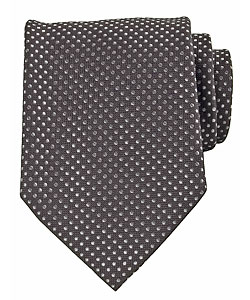There are some interesting trends in sunglasses for men this summer that re-invent classic styles from the 50's, 60's, and 70's.
1. Clear Frame Sunglasses
 This is the biggest trend in sunglasses for men: clear frames. There are a variety of clear frame styles to choose from but I think these are done best in the wayfarer form. I recently picked up a pair of clear-framed wayfarers for $20 and I'm very pleased with them. The classic black wayfarer is pretty ubiquitous these days but I wouldn't say that's a reason to stop wearing them. I made the jump from black solid frames to clear frames because I found the thickness of wayfarer frames left a brutal sunglasses tan -- so much so, in fact, that I avoided wearing them on sunny days so I could get rid of the tan lines. That's no good. Clear frames solve that problem without ditching the wayfarer style.
This is the biggest trend in sunglasses for men: clear frames. There are a variety of clear frame styles to choose from but I think these are done best in the wayfarer form. I recently picked up a pair of clear-framed wayfarers for $20 and I'm very pleased with them. The classic black wayfarer is pretty ubiquitous these days but I wouldn't say that's a reason to stop wearing them. I made the jump from black solid frames to clear frames because I found the thickness of wayfarer frames left a brutal sunglasses tan -- so much so, in fact, that I avoided wearing them on sunny days so I could get rid of the tan lines. That's no good. Clear frames solve that problem without ditching the wayfarer style.2. Clubmaster Sunglasses

These sunglasses have been popularized this summer by Ray Ban who dubbed them "Clubmaster Sunglasses" but they are actually called browline sunglasses. These were popular in the 1950's and are reminiscient of American law enforcement from that era. The Good Shepherd, a film about the founding of the CIA in the 50's, prominently feature browline sunglasses. The Ray Ban models looks fantastic and are a nice alternative to the wayfarer.
3. Tom Ford Sunglasses
 Not many people were looking at Joaquin Phoenix's sunglasses during his on-air Letterman meltdown, but in spite of everything else, his Tom Ford sunglasses looked stylish. They aren't quite wayfarers but they do have a boxy, retro appearance while still being modern. Of course, like all else Tom Ford, they won't come cheap.
Not many people were looking at Joaquin Phoenix's sunglasses during his on-air Letterman meltdown, but in spite of everything else, his Tom Ford sunglasses looked stylish. They aren't quite wayfarers but they do have a boxy, retro appearance while still being modern. Of course, like all else Tom Ford, they won't come cheap.











